On Nov. 19, 1979, some two weeks after the crisis erupted, Washington froze the account at the Korean branch of the Bank of America (BOA). The Iranian Embassy immediately complained to Seoul, asking it to check if a freeze in a third country was legitimate.
The diplomatic crisis occurred on Nov. 4 after Revolutionary students stormed the US Embassy in Tehran, taking dozens of American diplomats and citizens hostage. The crisis, which lasted for 444 days, led to US financial sanctions on the Islamic Republic.
The freeze on the BOA account was part of the US sanctions, but South Korea had the obligation to protect foreign embassies and their staff within its territory. After reviewing domestic and international laws, Seoul concluded that the financial sanction was unwarranted.
Seoul believed that in line with the principle of territorial sovereignty under international law, the Korean branch of the American bank should abide by Korean law, and that the embassy's deposits in the bank should not be subject to Washington's sanctions in line with the Vienna Convention on Diplomatic Relations.
Moreover, Seoul thought that it had the legal obligation to ensure that the Iranian Embassy smoothly carried out its diplomatic activities in Korea.
Based on these considerations, the South Korean government requested the US Embassy in Seoul to offer an explanation for the freeze on the Iranian account. The US Embassy explained that the sanction was the "least it could do" to protect the American people's interests.
YNA/MNA


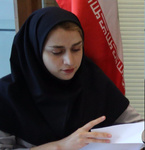

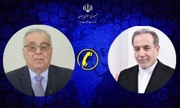
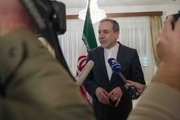
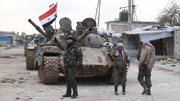


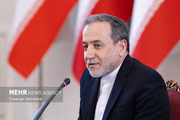

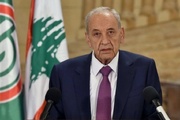
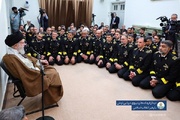



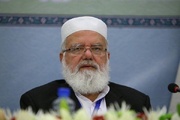

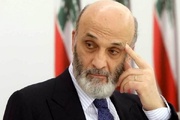
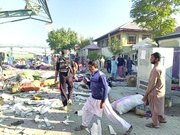
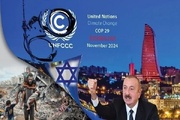
Your Comment